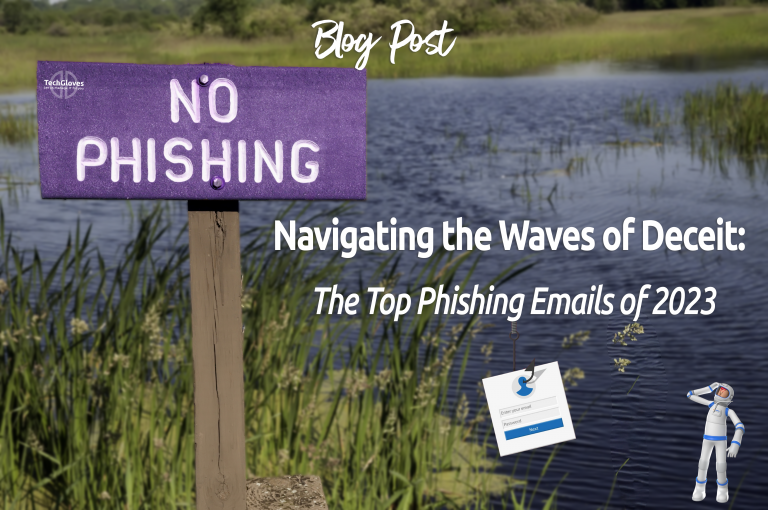As technology continues to advance, so does the sophistication of cyber threats. In 2023, Europe experienced a surge in phishing attacks, with cybercriminals employing various tactics to deceive individuals and organizations. In this blog post, we’ll delve into the most common phishing emails that targeted Europe last year, shedding light on the tactics used and offering insights on how to stay vigilant against such threats.
Impersonation of Trusted Entities:
One prevalent phishing tactic involves cybercriminals impersonating trusted entities such as banks, government agencies, or well-known corporations. These emails often claim urgent account issues, prompting recipients to click on malicious links or provide sensitive information. In 2023, many European residents fell victim to emails posing as tax authorities, requesting personal information or immediate payment.
Recommendation: Always verify the legitimacy of emails by contacting the supposed sender through official channels before taking any action.
Fake COVID-19 Alerts:
Taking advantage of the global pandemic, cybercriminals exploited the fear and uncertainty surrounding COVID-19. Phishing emails posing as health organizations or government agencies disseminated false information about the virus, vaccine updates, or financial relief programs. Clicking on embedded links or downloading attachments in these emails led to malware infections or data breaches.
Recommendation: Rely on official sources for COVID-19 information and exercise caution when receiving unexpected pandemic-related emails.
Credential Harvesting Attacks:
Phishing emails designed to steal login credentials remained a constant threat in 2023. Cybercriminals often impersonated popular online services, including social media platforms, email providers, and financial institutions. Recipients were tricked into entering their usernames and passwords on fake login pages, providing cybercriminals with unauthorized access to personal accounts.
Recommendation: Enable two-factor authentication for all online accounts to add an extra layer of security and verify the authenticity of login pages before entering credentials.

Business Email Compromise (BEC):
BEC attacks continued to target businesses in Europe, with cybercriminals impersonating company executives or trusted partners. These emails typically requested urgent wire transfers or sensitive business information, leading to financial losses and compromised corporate data.
Recommendation: Implement strict verification procedures for financial transactions and educate employees on recognizing potential BEC threats.
Phishing via Social Engineering:
Phishing emails leveraging social engineering tactics gained prominence in 2023. Cybercriminals crafted messages that exploited emotions, creating a sense of urgency, fear, or excitement to manipulate recipients into taking immediate action. These tactics increased the likelihood of individuals falling victim to phishing schemes.Recommendation: Stay skeptical of unsolicited emails, especially those invoking strong emotions, and verify the legitimacy of the sender before engaging.
Recommendation: Stay skeptical of unsolicited emails, especially those invoking strong emotions, and verify the legitimacy of the sender before engaging.
Conclusion:
As phishing attacks evolve, so must our defenses. By understanding the common tactics employed in phishing emails, individuals and organizations in Europe can better equip themselves to recognize and mitigate the risks. Regular cybersecurity awareness training, implementing robust security measures, and staying informed about emerging threats are crucial steps in safeguarding against phishing attacks in the ever-changing digital landscape.

